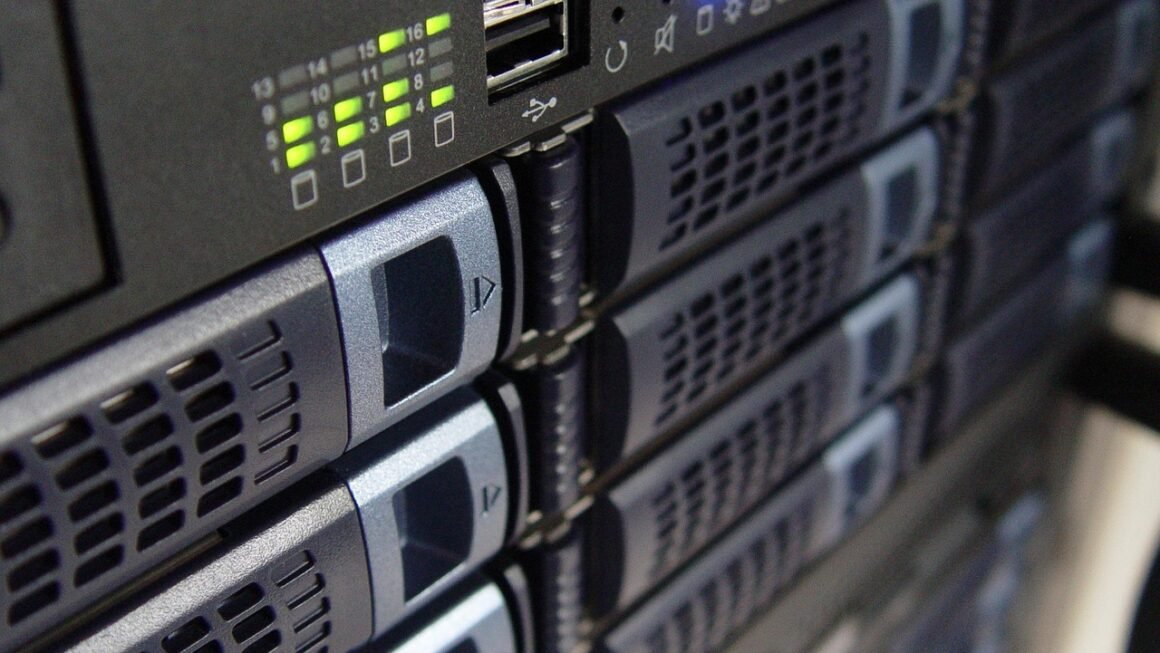Imagine a world where your self-driving car responds instantaneously to a pedestrian crossing the street, where remote medical surgeries are conducted with flawless precision, and where smart factories optimize production in real-time. This isn’t science fiction; it’s the promise of edge computing, a revolutionary approach to data processing that’s transforming industries and reshaping the future of technology. Let’s explore what edge computing is, why it matters, and how it’s changing the world.
What is Edge Computing?
Defining Edge Computing
Edge computing is a distributed computing paradigm that brings computation and data storage closer to the location where it is needed – to the “edge” of the network. Instead of relying on centralized data centers or cloud servers, processing happens on devices like sensors, gateways, or local servers near the source of the data.
How Edge Computing Differs from Cloud Computing
While cloud computing offers centralized processing and storage, edge computing decentralizes these functions. Think of the cloud as a massive, centralized power plant, while edge computing is like installing solar panels on your roof.
- Cloud Computing: Centralized, high capacity, suitable for batch processing, data analytics, and archival storage.
- Edge Computing: Decentralized, lower latency, suitable for real-time applications, local data processing, and improved security.
This proximity reduces latency (the delay in data transfer), conserves bandwidth, and enhances data security and privacy.
Key Characteristics of Edge Computing
- Low Latency: Reduced network hops mean faster response times for applications.
- Reduced Bandwidth Costs: Processing data locally reduces the amount of data transmitted to the cloud.
- Enhanced Security and Privacy: Sensitive data can be processed and stored locally, minimizing exposure to external threats.
- Increased Reliability: Edge devices can continue operating even when disconnected from the network.
- Scalability: Edge networks can be scaled by adding more devices and processing power at the edge.
Benefits of Edge Computing
Improved Performance and User Experience
The most significant benefit of edge computing is the dramatically improved performance it offers for latency-sensitive applications. Reduced latency translates to a better user experience, whether it’s in gaming, augmented reality, or remote control of machinery.
- Example: An augmented reality application can overlay digital information onto the real world in real-time, providing a seamless and immersive experience.
Reduced Bandwidth Consumption and Costs
By processing data locally, edge computing reduces the need to transmit large volumes of data to the cloud, which can significantly reduce bandwidth costs.
- Example: A smart city deploying thousands of sensors can process data from traffic cameras and environmental monitors locally, reducing the strain on the network.
Enhanced Security and Privacy
Edge computing allows organizations to process sensitive data locally, minimizing the risk of data breaches and ensuring compliance with data privacy regulations.
- Example: A healthcare provider can process patient data on local servers, ensuring that sensitive information remains within the organization’s control.
Increased Reliability and Resilience
Edge devices can continue to operate even when disconnected from the network, providing greater reliability and resilience in mission-critical applications.
- Example: A manufacturing plant can continue to operate even during a network outage, thanks to edge devices that can control machinery and monitor production processes locally.
Real-time Decision Making
Edge computing facilitates real-time decision-making by processing data and generating insights at the edge of the network, enabling faster response times and improved efficiency.
- Example: A smart agriculture system can use edge computing to analyze sensor data from fields and automatically adjust irrigation and fertilization levels in real-time.
Applications of Edge Computing Across Industries
Manufacturing
Edge computing is revolutionizing manufacturing by enabling smart factories, predictive maintenance, and improved quality control.
- Example: Industrial robots can use edge computing to analyze sensor data from machines and detect potential failures before they occur, minimizing downtime.
- Tip: Implementing edge solutions alongside existing industrial IoT infrastructure can drastically improve efficiency.
Healthcare
In healthcare, edge computing is enabling remote patient monitoring, telemedicine, and improved diagnostics.
- Example: Wearable devices can use edge computing to monitor a patient’s vital signs and alert healthcare providers to any abnormalities in real-time.
- Statistic: The global edge computing in healthcare market is projected to reach $14.7 billion by 2027.
Retail
Edge computing is transforming the retail industry by enabling personalized shopping experiences, optimized inventory management, and improved security.
- Example: Smart shelves can use edge computing to track inventory levels and automatically reorder products when they are running low.
- Takeaway: Utilizing edge in retail can give brick and mortar stores the same data-driven advantages of online retail.
Transportation
Edge computing is playing a critical role in autonomous vehicles, traffic management, and improved safety in the transportation sector.
- Example: Self-driving cars can use edge computing to process sensor data from cameras and LiDAR in real-time, enabling them to navigate safely and avoid collisions.
- Benefit: Reduces the reliance on continuous cloud connectivity for critical vehicle functions.
Smart Cities
Edge computing is essential for creating smart cities by enabling real-time monitoring of traffic, air quality, and energy consumption.
- Example: Smart streetlights can use edge computing to adjust their brightness based on traffic conditions and pedestrian activity, reducing energy consumption.
Challenges and Considerations
Security Concerns
While edge computing enhances security in some ways, it also introduces new security challenges. The distributed nature of edge networks makes them more vulnerable to attacks.
- Consideration: Implementing robust security measures, such as encryption, authentication, and access control, is crucial.
Management Complexity
Managing a large number of edge devices can be complex and challenging.
- Tip: Centralized management tools and automated processes are essential for simplifying edge device management.
Interoperability Issues
Ensuring interoperability between different edge devices and platforms can be difficult.
- Recommendation: Adopting open standards and protocols can help improve interoperability and reduce integration costs.
Cost Considerations
Implementing edge computing can be expensive, especially for organizations with limited budgets.
- Actionable Advice: Carefully evaluating the costs and benefits of edge computing and prioritizing the most critical use cases is essential.
Conclusion
Edge computing is a transformative technology that is poised to revolutionize industries across the board. By bringing computation and data storage closer to the edge of the network, it enables faster response times, reduced bandwidth consumption, enhanced security, and improved reliability. While there are challenges to overcome, the benefits of edge computing are undeniable. As the number of connected devices continues to grow, edge computing will become increasingly critical for enabling the next generation of intelligent applications and services. Embrace the edge – the future of computing is here.



